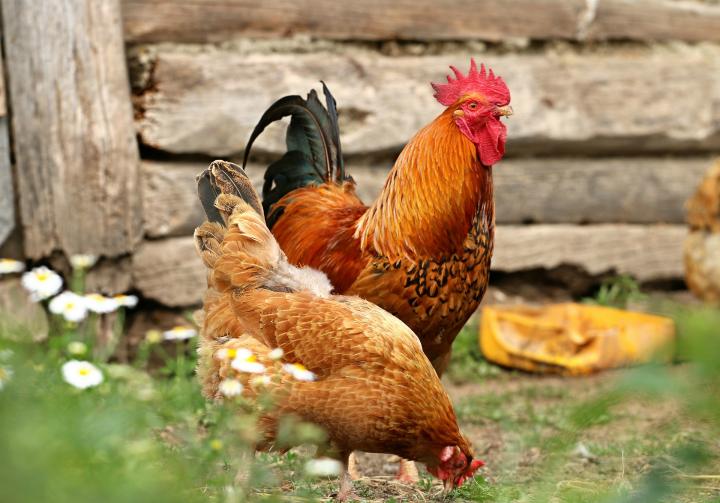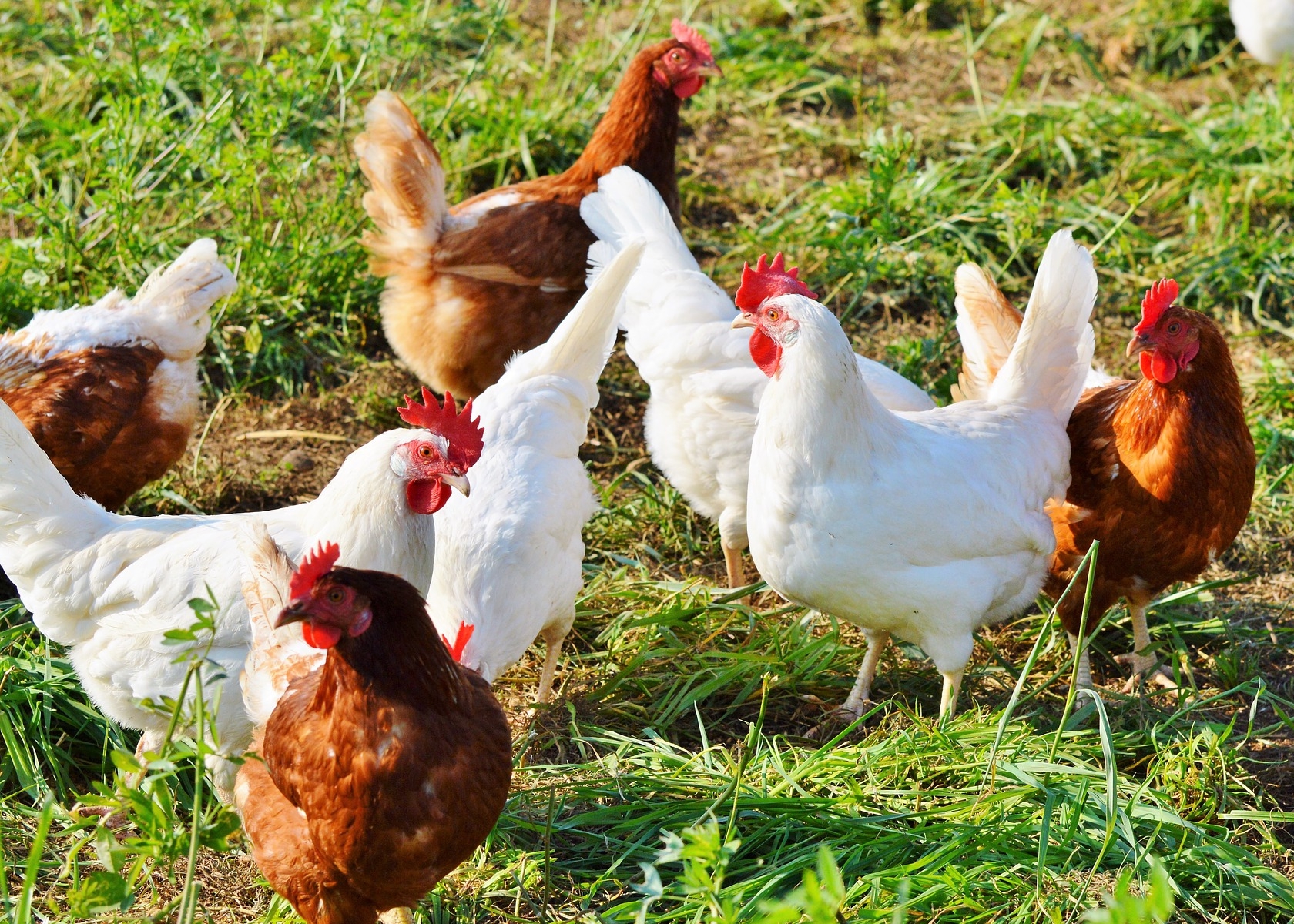Raising Chickens
Why you should raise chickens?
There’s a lot to like about raising chickens in your backyard. The eggs are a real temptation—tastier and fresher than any store-bought eggs and better for baking, too. The shells, along with the chicken poop, can be tossed right into the compost pile. Much of the day, the birds entertain themselves, picking at grass, worms, beetles, and all of the good things that go into making those yummy farm eggs. Plus, with their keen eye for insect pests, chickens make for great gardening companions!
Remember, though: Nothing good comes easy.
PREPARING FOR RAISING CHICKENS
- First, you’ll need a chicken coop. It has to hold a feeder and water containers, as well as a nest box for every three hens. It should be large enough that you can stand in it to gather eggs and shovel manure comfortably. Here’s how to build a chicken coop in your backyard.
- Chickens need food (and water) daily. Feed is about $20 per 50-pound bag at my co-op, but prices may vary. How long a bag lasts depends on the number of chickens that you have.
- Hens will lay through spring and summer and into the fall, as long as they have 12 to 14 hours of daylight. Expect to collect eggs daily, or even twice a day.
- All year ‘round, you’ll have to shovel manure. Yippee!
- If you go away on vacation, you’ll need a reliable chicken-sitter—and they can be scarcer than hens’ teeth!

HOW TO RAISE CHICKENS
Chickens are sociable, so plan to keep four to six birds. They’ll need space—at least 2 square feet of coop floor per bird. The more space, the happier and healthier the chickens will be; overcrowding contributes to disease and feather picking.
The birds will need a place to spread their wings, so to speak: a 20×5-foot chicken run, for example, or a whole backyard. (My hens have lots of outdoor time. They have places to take a dust bath and catch a few rays.) Either way, the space must be fenced in order to keep the chickens in and predators out. (Predators include your own Fido and Fluffy, too!) Add chicken-wire fencing to your list of equipment.
All of this costs money. The materials to build and furnish a coop and a 20×5-foot run are going to set you back $300 to $400. If you can’t do this work yourself, you’ll also be buying skilled labor.
Want to increase your flock? Young chicks need a brooder lamp for warmth, but don’t count your chickens before they hatch.
GARDENING WITH CHICKENS
Most folks who keep chickens do so largely for the constant supply of fresh eggs, but did you know that keeping chickens can be also be beneficial for the garden?
When the gardening season has finished for the year, let the chickens into your gardening space and watch them go crazy! They’ll uproot the stems and stalks of weeds and gobble up any damaged or overripe vegetables that remain. They’ll eat any weed seeds or insects they find in the soil, and will peck apart and digest vegetable remnants, especially broccoli stems, carrot tops, chard, and kale. After that, they’ll scratch the ground and peck out hidden worms or insects, mixing up the soil in the process—all with endless enthusiasm and curiosity.



No comments.